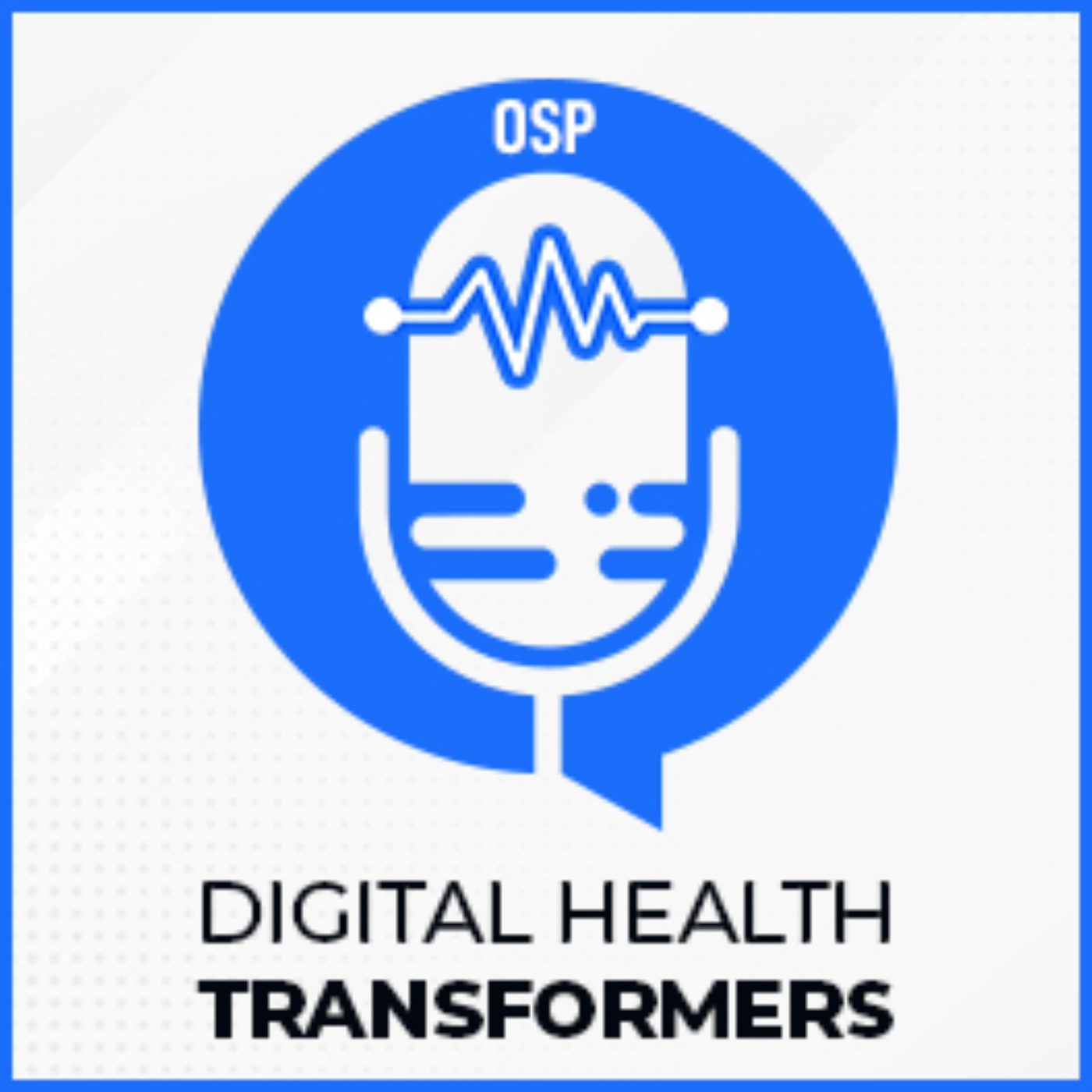Listen "Remote Patient Monitoring 2.0 – Exploring Deviceless Solutions Ft. Joshua Liu"
Episode Synopsis
In the Digital Health Transformers podcast, host Nicole Guevara welcomes Joshua Liu, CEO of SeamlessMD, an innovator in healthcare. Joshua shares his journey from medicine to technology, highlighting the challenges of early adoption in digital health. He introduces SeamlessMD’s platform, aiming to reduce hospital readmissions and enhance patient experience through digital care journeys. Discussing Remote Patient Monitoring (RPM) 2.0, they explore transitioning from device-based to device-less solutions, emphasizing scalability and patient engagement. Addressing the evolving needs of patients and healthcare systems, they underscore the significance of digital innovations in improving healthcare outcomes. This insightful conversation underscores the transformative potential of technology in healthcare.KEY MOMENTSIntroductionThe speaker discusses the evolution of technology in healthcare, focusing on the transition from paper maps to GPS systems.Introduction to the Digital Health Transformers podcast series and the guest, Joshua Liu, CEO of SeamlessMD.Joshua Liu’s JourneyJoshua Liu’s background as a physician and his transition to becoming a digital health entrepreneur.Recognition and awards received by Joshua for his work in digital health and patient care.Challenges in Career TransitionChallenges faced during the early stages of building SeamlessMD, including skepticism towards technology in healthcare.The importance of resilience and enthusiasm in overcoming barriers as a young entrepreneur in the digital health space.SeamlessMD PlatformAnalogy of patient care journey to a GPS system, emphasizing the need for digital guidance and support for patients.Explanation of how SeamlessMD’s platform empowers patients through various care journeys, improving outcomes and reducing readmissions.Remote Patient Monitoring 1.0 vs. 2.0Definition of traditional device-based remote patient monitoring (RPM 1.0) and its limitations in reaching a larger patient population.Introduction to RPM 2.0, focusing on deviceless solutions and scalable digital care journeys for all patients.Challenges of Traditional RPMThe shift towards digital care due to changing patient expectations and the need for scalable solutions in healthcare.Addressing staff shortages, clinician burnout, and the demand for higher quality care through RPM 2.0.Deviceless Solutions ImpactLeveraging existing technologies for remote patient monitoring without additional devices or sensors.The importance of patient-reported data and the accuracy and reliability of capturing patient data through software applications.Ensuring Accuracy and ReliabilityStudies showing high agreement between patient-reported data through technology platforms and information shared with healthcare teams.The potential for technology to capture more sensitive data and improve patient engagement and outcomes.Closing RemarksJoshua Liu emphasizes the importance of investing in people and processes alongside technology for successful healthcare innovation.Discussion on the impact of digital care journeys and the need for continued dedication to advancing digital health technology.
 ZARZA We are Zarza, the prestigious firm behind major projects in information technology.
ZARZA We are Zarza, the prestigious firm behind major projects in information technology.
